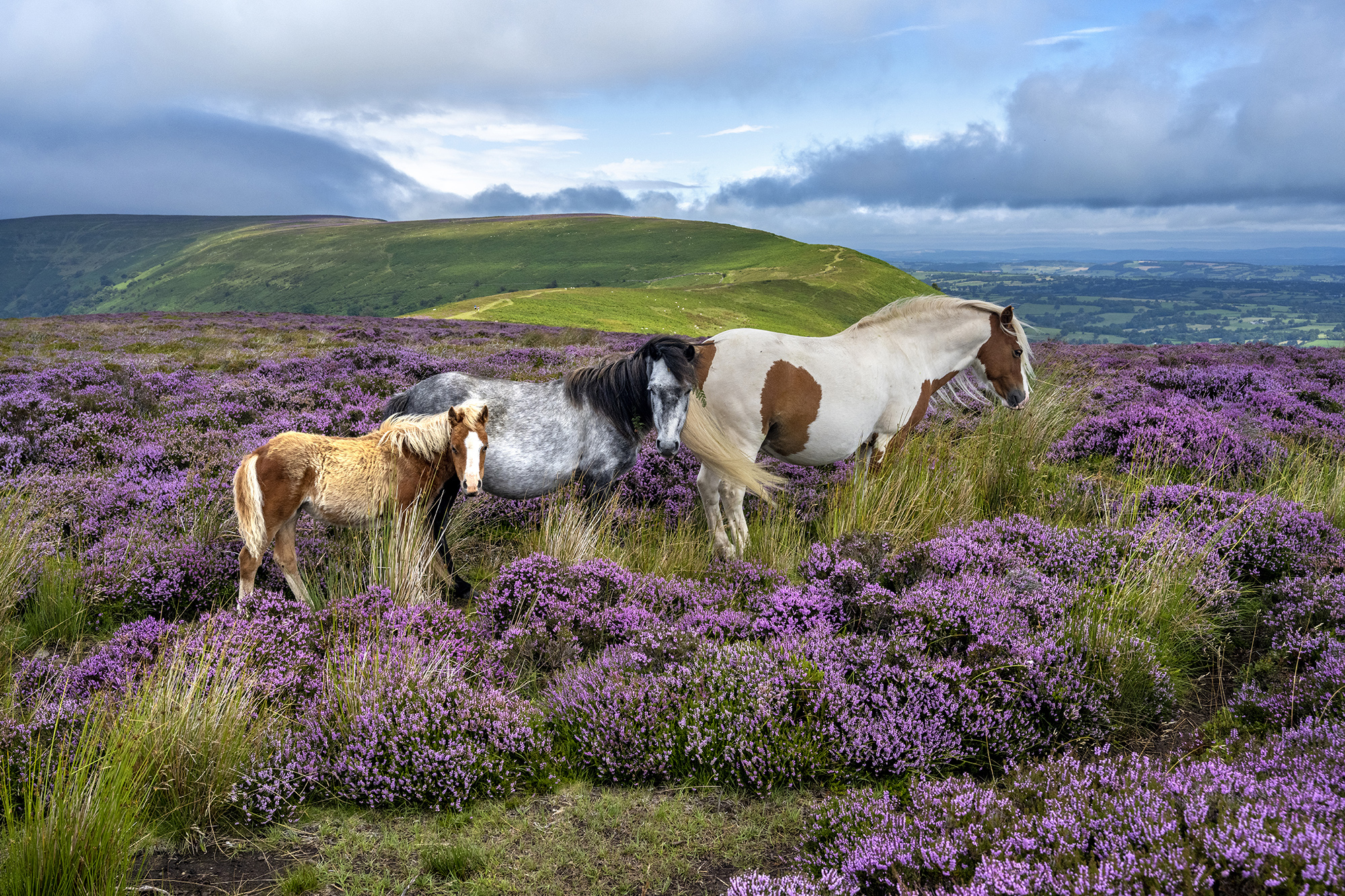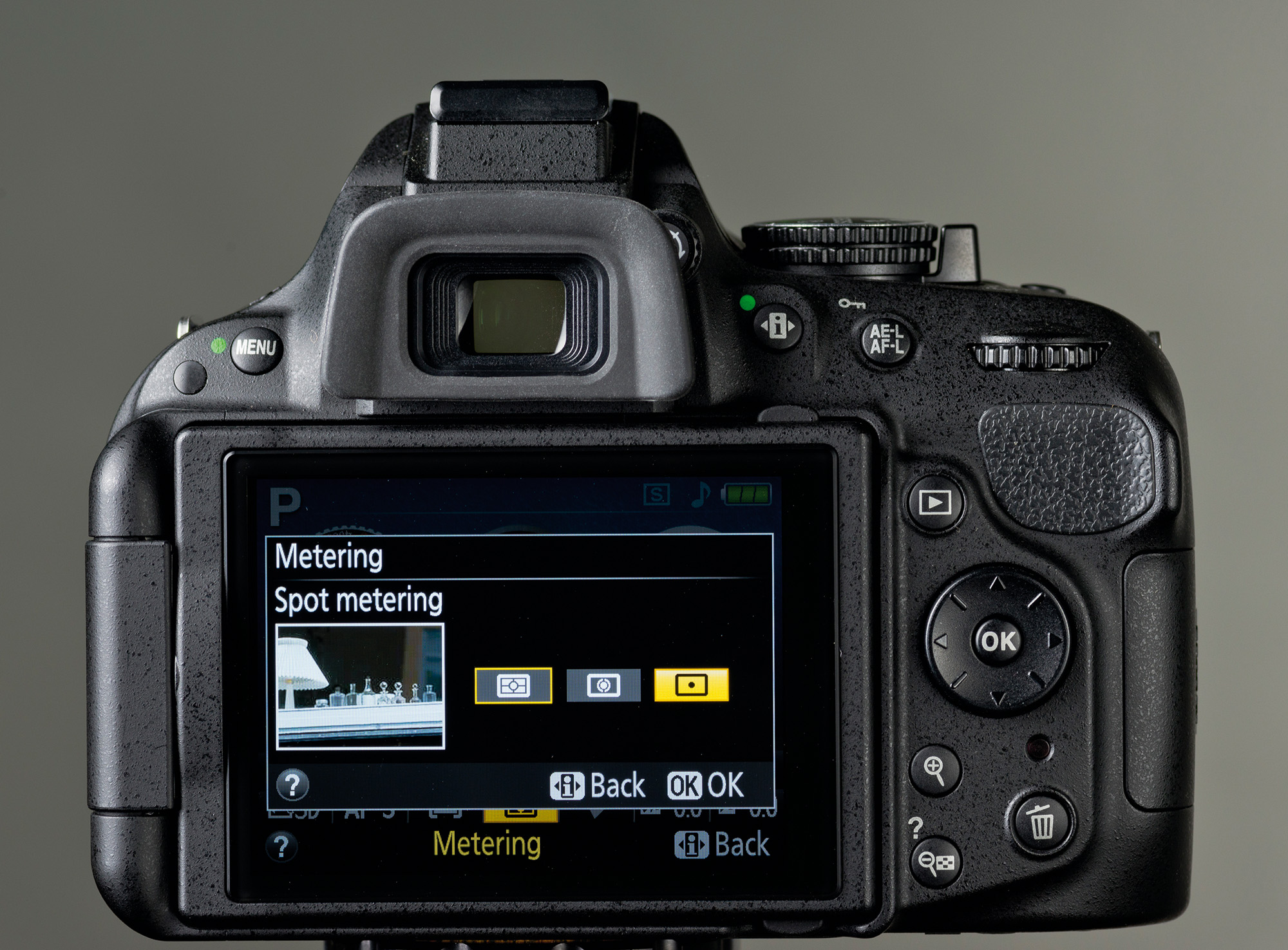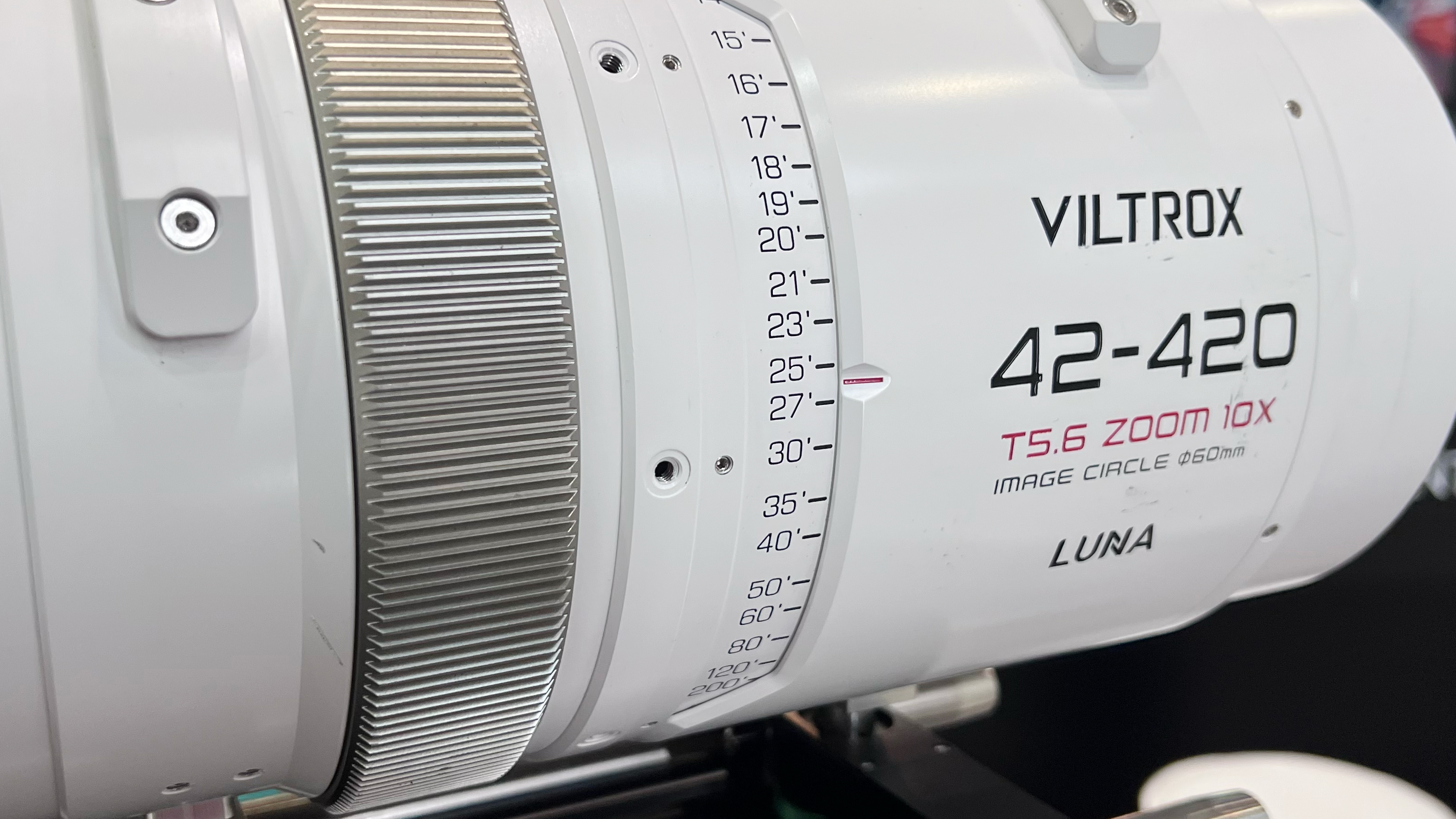My top 6 horse photography tips will make you go WHOA!
Nagging feeling that your equine shots aren't as good as they could be? Here are my top horse photography tips to wrangle these beauties

My horse photography tips will have you champing at the bit to get out there with your camera and capture some incredible equine images.
If you want to be pedantic about it, the herds of ponies and horses you see on moors, steppes and grasslands (where I live in the UK, at least) aren’t actually wild horses but feral domestic horses.
However, for the photographer rather than the equine scientist, it doesn’t really matter whether it’s an example of Equus ferus or Equus ferus caballus that you’re photographing.
What you simply want are close-up detail shots of the horse’s features, mid-range shots showing herd behaviors or distance shots putting them in their environment.
1. Where to find them
In the US you can see wild horses in places like Hawaii, the Outer Banks in North Carolina and the Steen Mountain wilderness wild area in Oregon. In the UK, Exmoor and the New Forest are prime locations. Over in Europe there are the Karakachan mountain ponies in Bulgaria, and the Konik horse in Germany.
2. Come say hello
If the horses are used to tourists then you’ll be able to approach them safely and use a macro lens for features like the eyes, or a wide-angle lens to show a grouping of them interacting. You can also use the wide-angle to show a close-up view of the head of the horse.
3. When to stand back
The alpha mare is the leader of any herd of horses, leaving the stallions to defend the herd. If his ears are back, his tail is rapidly thrashing about or he’s pawing the ground, it means he views you as a threat. Take the hint and retreat to a safe distance.
4. Go for the long lens
With rapidly moving herds or those that are nervous of human interaction, you’ll need a telephoto lens (something with a 300mm range or more) to capture any close-up shots. Alternatively, consider using something in the 100-200mm range to show the herd or a single horse within the context of its natural environment.
5. Selecting the aperture
If you want to include what’s around the horses, as well as the animals themselves, then go for f/8 to f/16 for greater depth of field – but focus on the herd to ensure that the animals themselves are sharp. To concentrate on just the horses, open the aperture up to f/2.8 to f/4 and focus on the animals.
6. Metering the horses

A zone metering system is fine for a general wide shot in decent lighting conditions. But if there’s tricky lighting such as backlighting, or the sun is directly overhead and you’re close to a horse with a light brown coat, then consider using spot metering. Light brown is a good mid-range tone, so makes it perfect for this.
Digital Camera is the world’s favorite photography magazine and is packed with the latest news, reviews, tutorials, expert buying advice, tips and inspiring images. Plus, every issue comes with a selection of bonus gifts of interest to photographers of all abilities.
You might also be interested in...
You'll need the best telephoto lens to capture these wild beasts from a safe distance. I always carry my gear in the best camera backpack to keep it safe and always have the best travel tripod on me, just in case.
Get the Digital Camera World Newsletter
The best camera deals, reviews, product advice, and unmissable photography news, direct to your inbox!

Wendy was the Editor of Digital Photo User for nearly five years, charting the rise of digital cameras and photography from expensive fad to mass market technology. She is a member of the Royal Photographic Society (LRPS) and while originally a Canon film user in the '80s and '90s, went over to the dark side and Nikon with the digital revolution. A second stint in the photography market was at ePHOTOzine, the online photography magazine, and now she's back again as Technique Editor of Digital Camera magazine, the UK's best-selling photography title. She is the author of 13 photography/CGI/Photoshop books, across a range of genres.
- Mike HarrisHow To Editor
You must confirm your public display name before commenting
Please logout and then login again, you will then be prompted to enter your display name.

